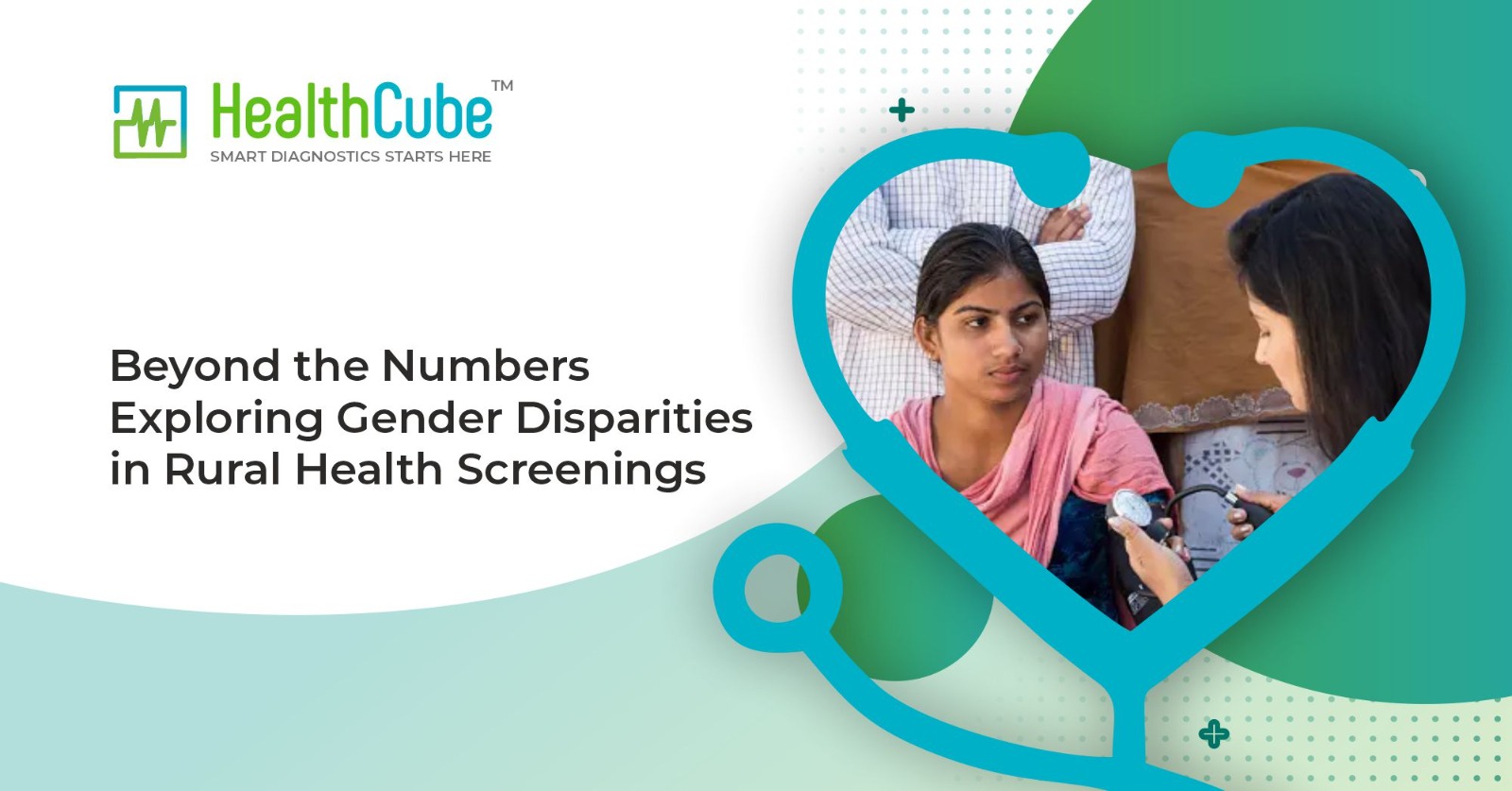In rural and remote areas of India, access to healthcare services remains a significant challenge. Despite efforts to improve healthcare infrastructure, disparities persist, as highlighted by recent screening data. This data reveals that a staggering 86% of individuals screened in these areas were females. This statistic prompts a crucial question: Why are women disproportionately availing free health screening? To explore this issue further, we delve into the broader context of rural healthcare in India, considering factors such as low literacy, poverty, poor nutrition, lack of awareness, and limited access to quality healthcare services.
We have observed a concerning trend – a significant gender disparity in health screening in rural and remote areas. While the exact reasons behind this skewed ratio require deeper investigation, it raises important concerns about equitable access to healthcare services. Are women being specifically targeted for health screenings due to their vulnerable status in these communities? Or are there underlying socio-cultural factors that influence their participation in such initiatives?
Challenges in Rural Healthcare:
Rural India grapples with a multitude of challenges in delivering adequate healthcare services, particularly for women. Low literacy rates often translate to limited health literacy, hindering individuals’ ability to understand the importance of preventive healthcare measures. Moreover, poverty exacerbates the situation, forcing many families to prioritize basic needs over healthcare expenses. This economic strain, coupled with poor nutrition, contributes to a cycle of ill health, disproportionately affecting women and children.
Furthermore, a lack of awareness about available healthcare services and preventive measures perpetuates the problem. Women, burdened with domestic responsibilities, may prioritize caregiving over their own health, neglecting preventive screenings and medical care until symptoms become severe. Additionally, the patriarchal norms prevalent in many rural communities may further restrict women’s autonomy in seeking healthcare, making them dependent on the decisions of male family members.
Limited access to quality healthcare facilities compounds these challenges. Remote geographical locations, coupled with inadequate infrastructure, result in long distances to travel for medical assistance. This geographical barrier disproportionately affects women, who often bear the responsibility of household chores and childcare.
Addressing Gender Disparities:
To tackle the gender disparities in rural healthcare, a multifaceted approach is essential. Firstly, targeted efforts must be made to improve health literacy among women, empowering them to make informed decisions about their health. Community-based awareness programs can play a pivotal role in disseminating information about preventive healthcare measures and the importance of regular screenings.
Economic interventions, such as subsidized healthcare services and income-generating opportunities for women, can alleviate the financial burden associated with seeking medical care. Additionally, initiatives aimed at improving nutrition and sanitation in rural areas can have long-term benefits for women’s health.
Furthermore, it is imperative to address cultural norms and beliefs that inhibit women’s access to healthcare. Engaging with community leaders and stakeholders to challenge gender norms and promote gender-sensitive healthcare services is crucial in fostering a more inclusive healthcare environment.
The stark gender disparity revealed by our screening data underscores the urgent need to address systemic issues plaguing rural healthcare in India. By tackling barriers such as low literacy, poverty, lack of awareness, and cultural norms, we can strive towards a more equitable healthcare system that caters to the needs of all individuals, irrespective of gender or socio-economic status. Through collaborative efforts between government agencies, non-profit organizations, and local communities, we can pave the way for meaningful change and improve health outcomes for women in rural India.

